Credit to Micro and Small Enterprises - Need for Innovation
Updated: Nov 03, 2023

Credit to Micro and Small Enterprises - Need for Innovation
Recently, I had an opportunity to address a comity of field officers of a public sector bank at the IDBI Staff College on the subject “Understanding SMEs and their financial needs”. It was a 3-hour session. It was an eye-opener for me that 90 per cent of them spent only one and half hours with the entrepreneur and 80 per cent of them did not extend a term loan. Much worse, they do not distinguish cash-flow based financing from extending a working capital loan! Several of them confessed to having visited the unit only once or twice during the lifecycle of the unit. While most of them agreed that ‘trust’ is the very basis of banking both for creating assets and liabilities in banks, they said that ‘collateral’ is the basis of such trust when it came to asset creation in the small sector and it is the system that throws up the loan eligibility once they fill the required template. This article would like to focus on two aspects, firstly the trends in lending MSMEs and secondly training the frontend field staff and managers to get the right perspective in lending to the micro and small manufacturing enterprises.
It is but contextual to recall J. Swaminathan’s, (Dy. Governor, Reserve Bank of India) recent address to the bankers at the College of Agricultural Banking, Pune: “In the world of finance, trust is the currency of the realm. Every transaction, every investment, and every interaction is underpinned by the faith customers place in financial institutions.” He urged the banks to do a root cause analysis in dealing with customer complaints to generate an efficient, effective, and responsive banking. In another talk on October 12, 2023, he said: “We are living in an era where climate change, social inequalities, and governance issues pose significant threats to the stability of economies and societies.” He also emphasised the need for enhancing credit to the MSMEs in the context of enlarged definition of the priority sector. Both these observations have great relevance to the discussion that follows.
RBI Monthly Bulletin, October 23 in its statistics on Deployment of Gross Bank Credit by Major Sectors indicate that thus far, micro, and small industry credit grew by just 3.9 per cent, while year-on-year it grew by 10.7 per cent. During the corresponding period, i.e., October 2022 monthly bulletin, indicates that the micro, and small industries grew by 5.6 per cent in the first six months while year-on-year they grew by 28.2 per cent. This would reflect a negative growth in credit to the manufacturing (industry) micro, and small enterprises.
Reasons are not far to seek. Credit to manufacturing requires both term loans for the plant and machinery and the required working capital for any startup. For those that are already in enjoyment of credit limits from the banks, the need for term loans increased multi-fold due to the following reasons: 1. Fast changing technologies and processes, 2. Changes in market expectations of the products, 3. Increasing marketing expenditure, 4. Training Costs or costs of skilling, re-skilling, and up-skilling of the employees engaged by them ( these costs cannot be absorbed by any micro, and small manufacturing enterprise through price manipulation as they are functioning in highly competitive and demand-based markets) and 5. Branding costs for several small industries. When I enquired a comity of bankers across the board, their response to meeting such needs of this group is muted. This has been reinforced by the group of trainees mentioned in paragraph one.
Any term loan has to be repaid only through the revenues they generate. With 96 per cent of such enterprises being proprietary or partnerships, operating only in debt markets, need additional working capital consistent with the cash flows. Further, the micro enterprises also do not distinguish between enterprise expenditure and family expenditure. Banks, more often than not, do not recognise this fact while working out the working capital requirements. The result is that they alternate their business revenue allocation between the firm and family and this is treated as a deviation of the terms and conditions of sanction by the lending institutions.
Coming to compliance of the terms and conditions and the agreements that banks expect the MSEs to sign, while both the banks and borrowers are aware of the terms and conditions, they are least aware of the covenants of the agreements that they sign. All the trainees confirmed in one voice that they did not read all the agreements that they co-sign with the borrowers! Financial literacy is lacking at both the giver and the receiver ends. Blame game starts once the account starts falling into Special Mention Account category-1 (30 days due) and the borrower is at the receiving end. If he had a collateral, the pressure mounts at accelerated pace. TIHCL-CESS study of 309 enterprises at a prominent industrial area during this year, reveal that the MSEs resort invariably to outside borrowing to respond to such needs. What else will happen except the growth of NPAs in the segment?
During the last two decades, banks focused more on profits and profits and sale of third party products in preference to responsible and responsive banking. While RangDe study in 2021 shows that 87 percent of the MSEs are outside the organised lenders, IFC study of 2018 showed 82 percent of such enterprises were not in the organised lending sector. The difference is appalling viewing the entry of NBFCs, FINTECHs in good measure to lend to the MSEs. Statistics are statistics and they have limitations.
Nevertheless, even going by the RBI Bulletin statistics that alone can be reckoned for the purpose reveal the vast gap between what is available and what is required. Financial Inclusion happened more due to digitization than through lending and financial learning as a tool for financial inclusion.
Change in the mindset of bankers at the middle and top level, fresh look at the mandated lending by the RBI and priority classification that provides a leeway for not lending, through the investments in NABARD, SIDBI, and Infrastructure Bonds and a shift from templated lending to enterprise-based and entrepreneurial interactions, manning the branches handling the Agriculture and MSE credit portfolios adequately and appropriately, and intensive training of the staff engaged in such tasks are all essential steps that brook no delay if we want to achieve real growth in this employment-generating and productive sector. It is also necessary for the lenders to cultivate their borrowers into enhancing their equity through continuous counselling and advisory services and opening separate savings stream that incentivises them in such direction. Banks are in dire need of innovative approaches in lending to the micro, and small manufacturing enterprises.
Disclaimer: The writer is an economist and author of The Story of Indian MSMEs: Despair to Dawn of Hope (2018). Views are personal.

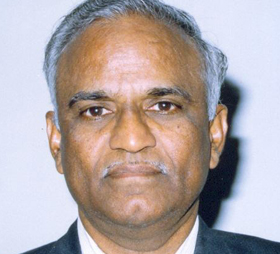
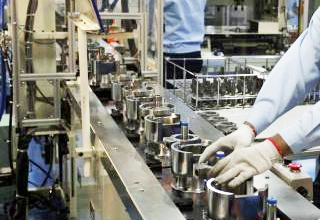


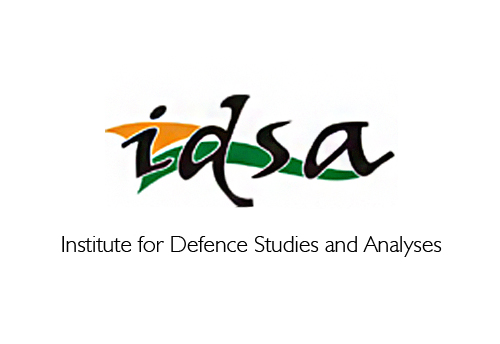
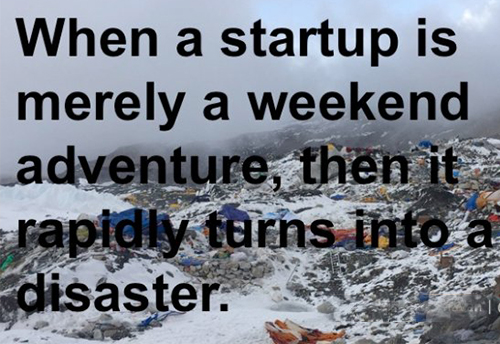
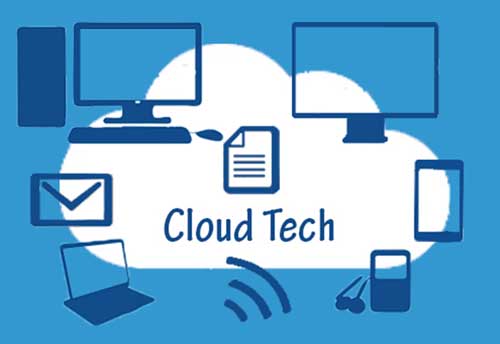
 Loading...
Loading...





COMMENTS
Be first to give your comments.